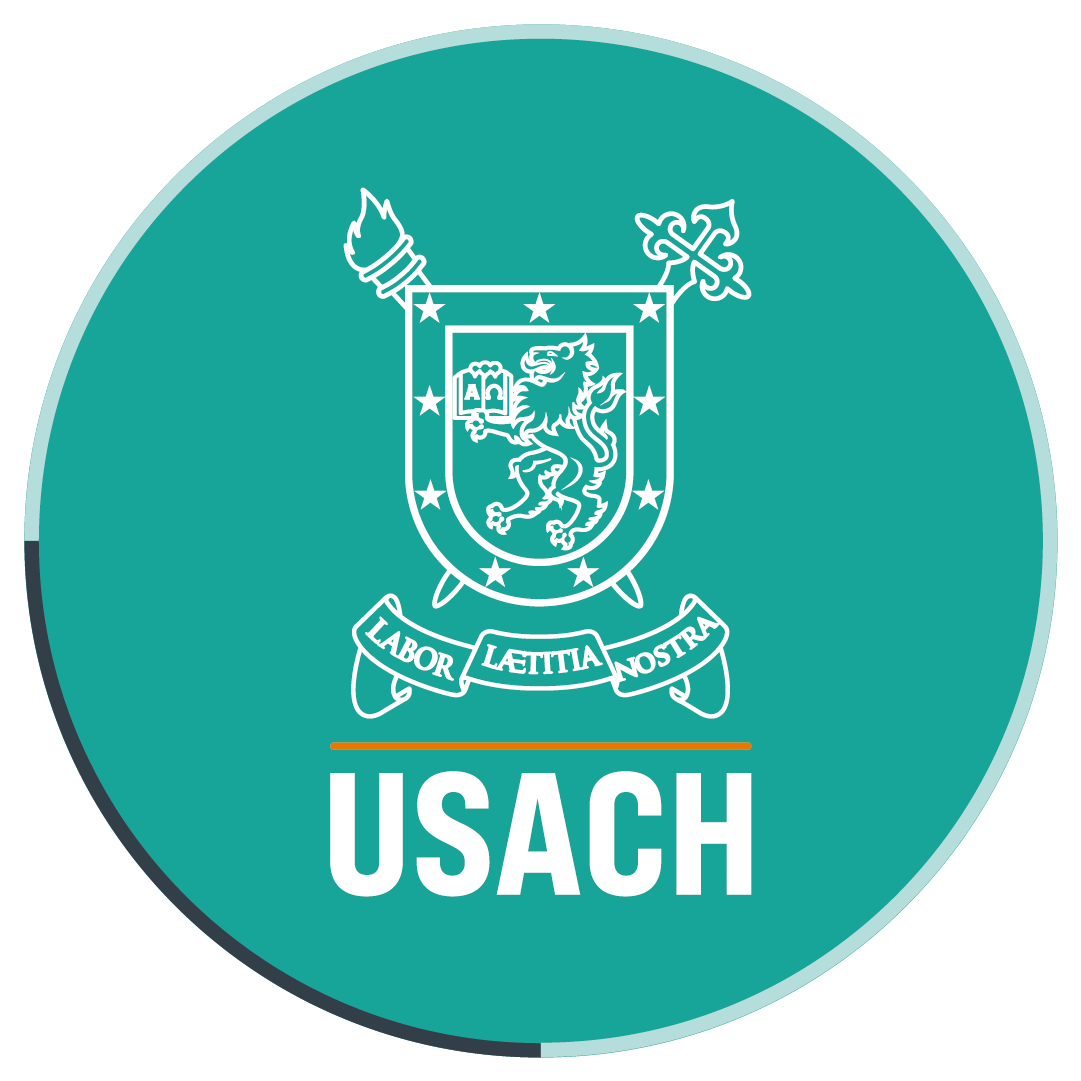Industrial Engineering academics get trained in innovation at Harvard University
- Professors Dr. Juan Sepúlveda, Dr. Astrid Oddershede and Dr. Felisa Córdova, who were invited by the International Academic Program, took part in a seminar where they acquired new tools for problem solving through creative thinking. This will considerably benefit the students and will allow improving and updating the Industrial Engineering curricula.
Between January 07th and January 09th, the academics of our University’s Department of Industrial Engineering, Dr. Juan Sepúlveda, Dr. Astrid Oddershede and Dr. Felisa Córdova were invited by the International Academic Program (IAP) to take part in the workshop “Design Thinking and Innovation” at the renowned Harvard University, USA, where they acquired tools to solve problems in an innovating and creative way. They said this will enrich the educational experience of their students.
Specifically, the seminar was given by Professor Srikant Datar to 22 academics from different Latin American universities selected by the IAP and it was held at the Innovation Laboratory of Harvard Business School
Dr. Juan Sepúlveda, the Head of our University’s Department of Industrial Engineering, claimed that this continuing education program for university teachers “is a great progress in updating our teaching methodologies and in adopting thinking and problem solving innovative techniques that we will implement in our classrooms starting this year.”
“The topic that gathered us together in this seminar- Dr. Sepúlveda explained- was ‘Design Thinking’, an approach to develop innovation that is based on the designers and architects’ point of view, which have a very different way of thinking from engineers.”
Dr. Sepúlveda added that Design Thinking is “a very useful methodology to leave behind the conventional paradigms of engineering management, and for us academics, it will be very helpful to show our students that creativity can contribute to solve a large number of problems of our professional lives.”
“After this academic experience, we look for transmitting what we learned to students, so that they dare to break the known models and seek for creative answers to the challenges that they will face in the field of management,” he pointed out.
While, Dr. Felisa Córdova agreed with Dr. Sepúlveda and said that in this visit to Harvard, “we were able to see the learning and teaching methodologies used at this renowned American university and also had access to the researches that professors are now conducting there.”
“After this seminar, the idea is to promote and develop a disruptive way of thinking among our students at Universidad de Santiago de Chile and encourage them to develop a creative thinking, so that they behave out of the ordinary, break the paradigms to implement their innovations then,” Dr Córdova said.
“In the end, this will have an impact on our students, because when they know that their professors are constantly updating their knowledge and that they are taking part in academic activities at Harvard University, for example, they feel supported by teachers of excellence, what in turn makes them more committed with their classes,” she stressed.
For his part, the Head of the Department, Dr. Sepúlveda, concluded that updating knowledge and acquiring new learning and teaching experiences that are world-wide recognized “give our institution a great boost to keep our strong commitment to continue forming world-class professionals.”
Translated by Marcela Contreras

